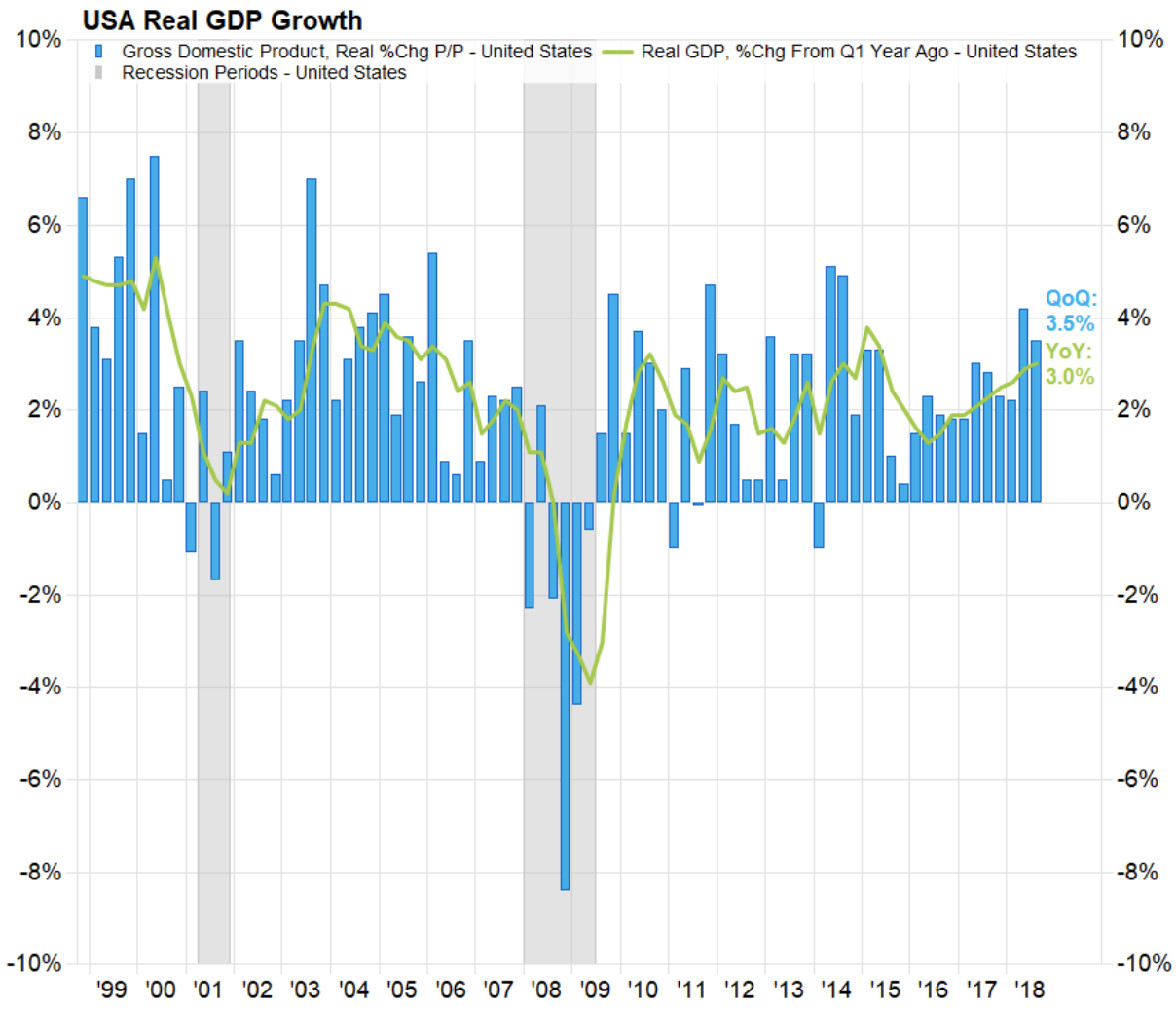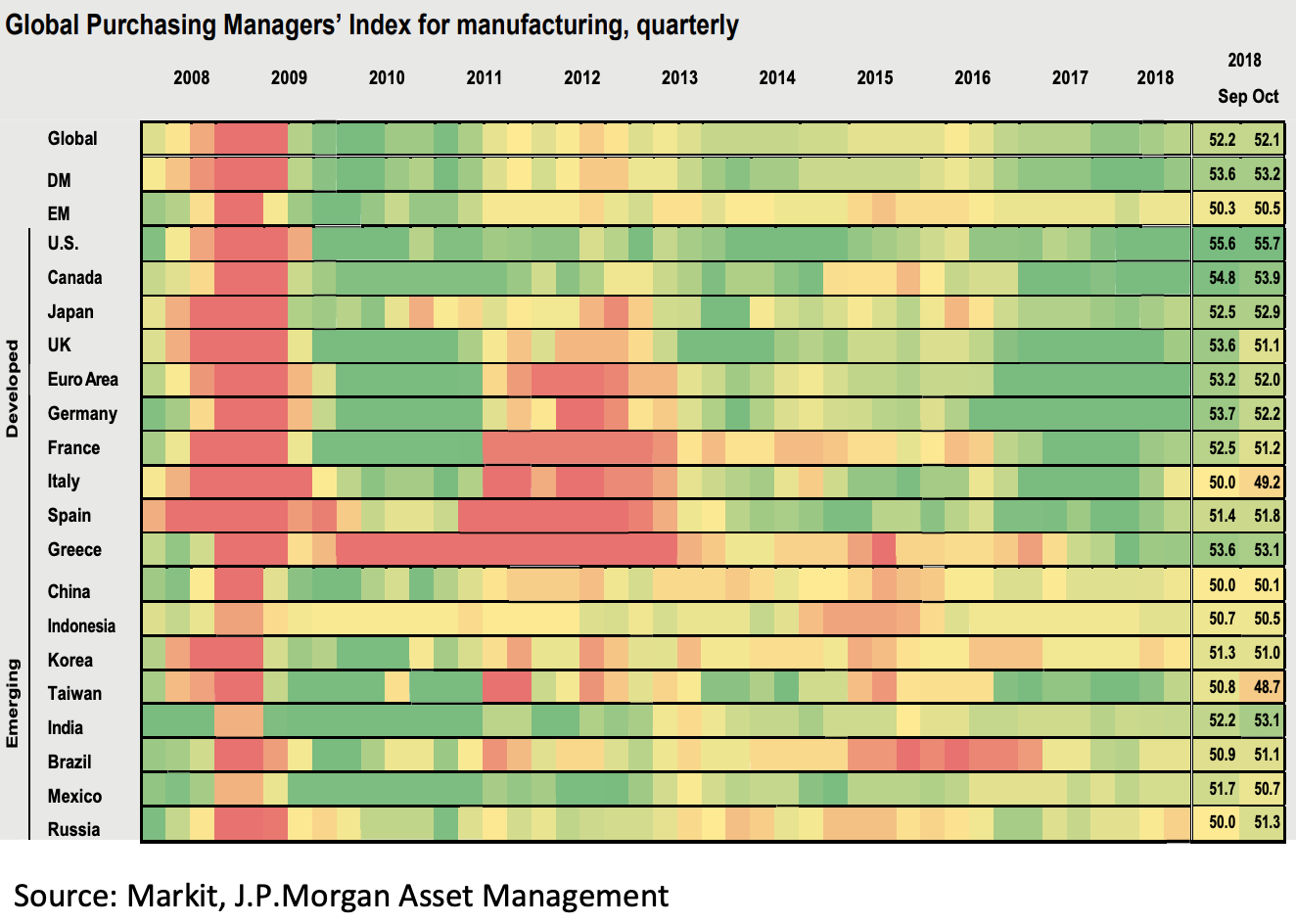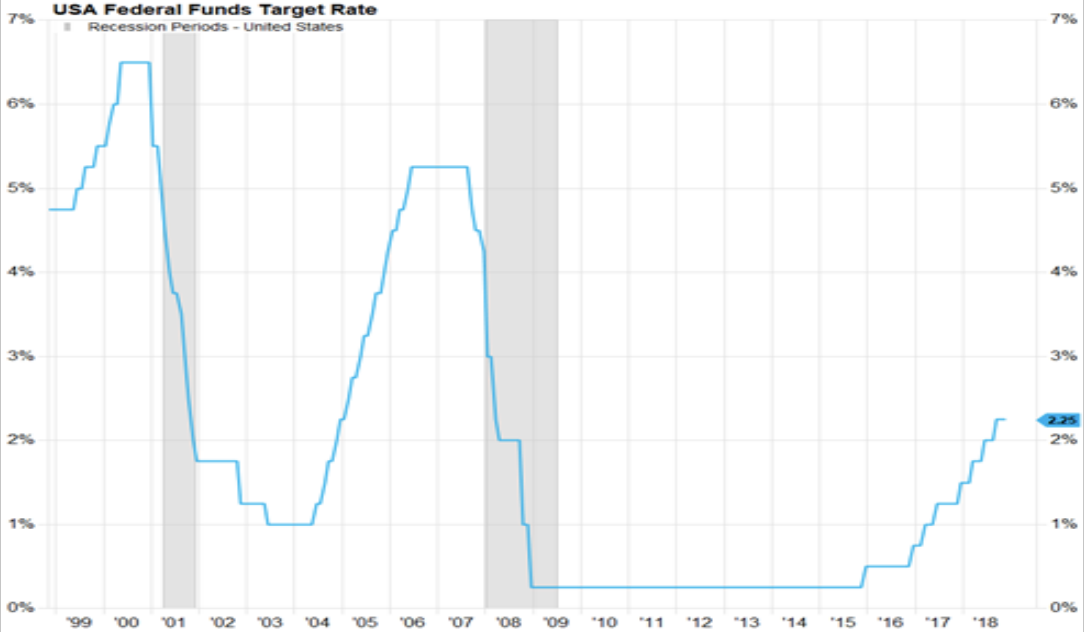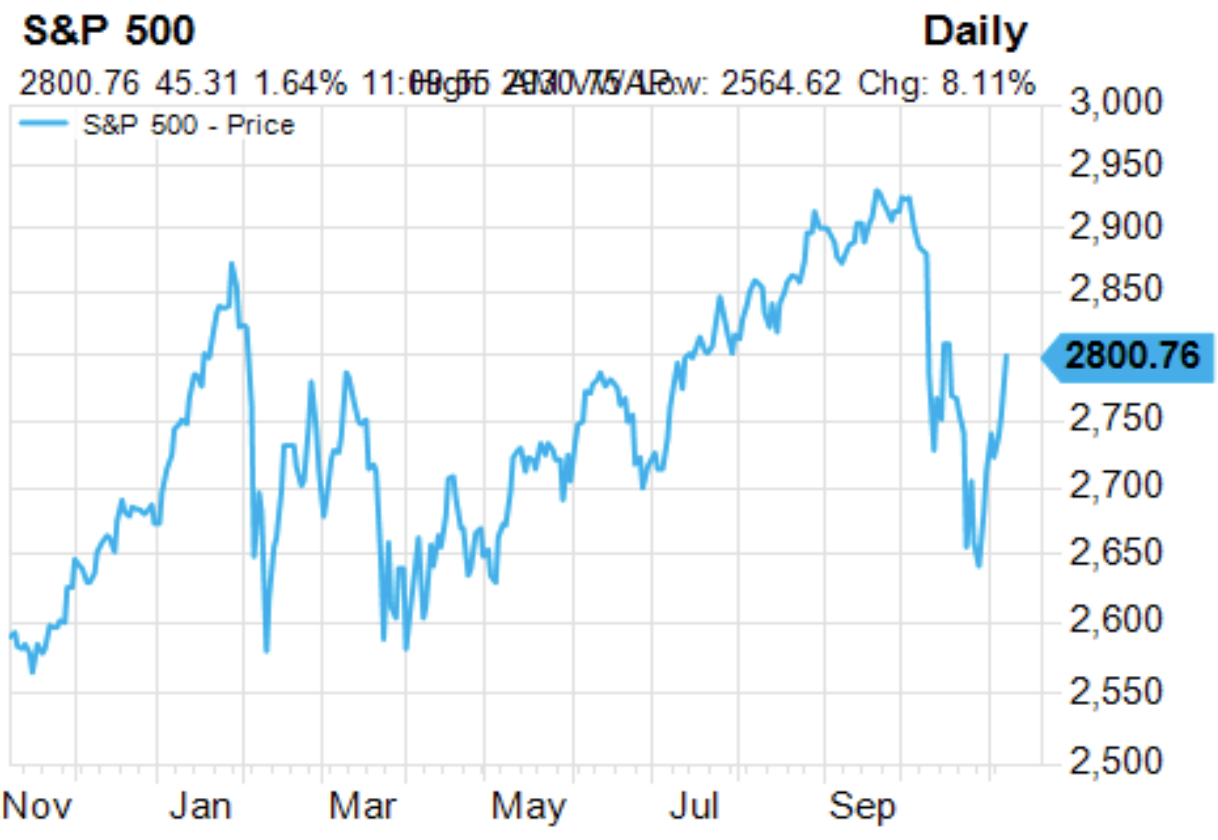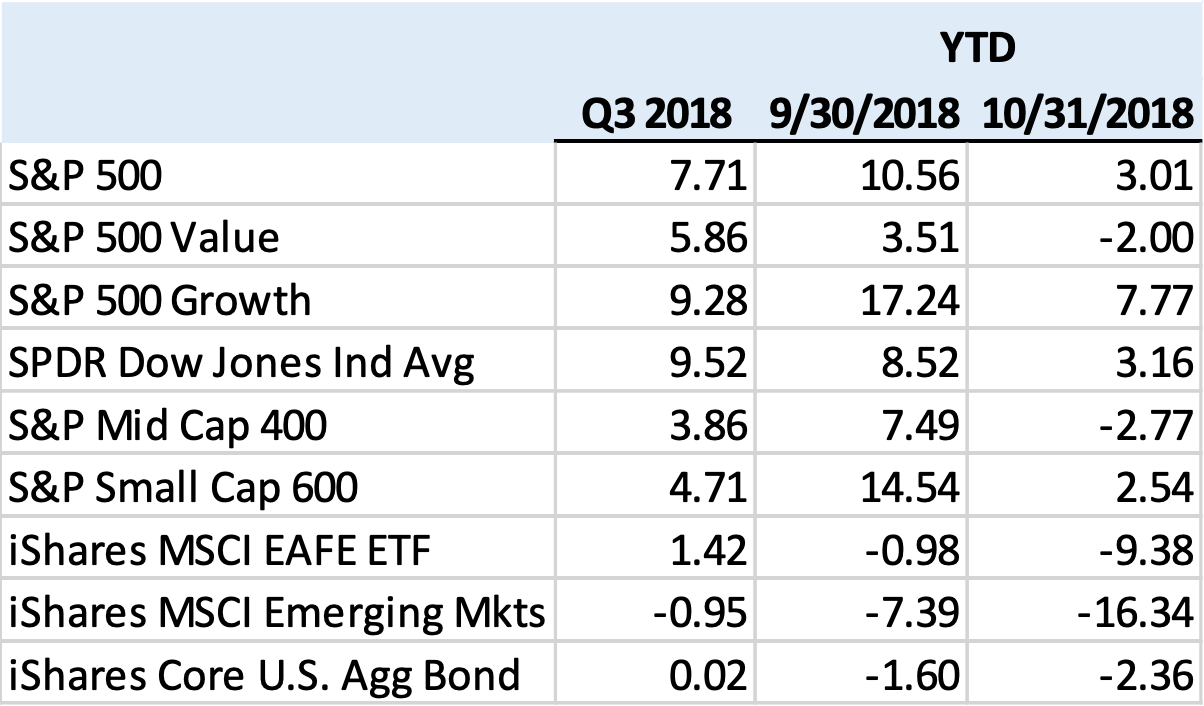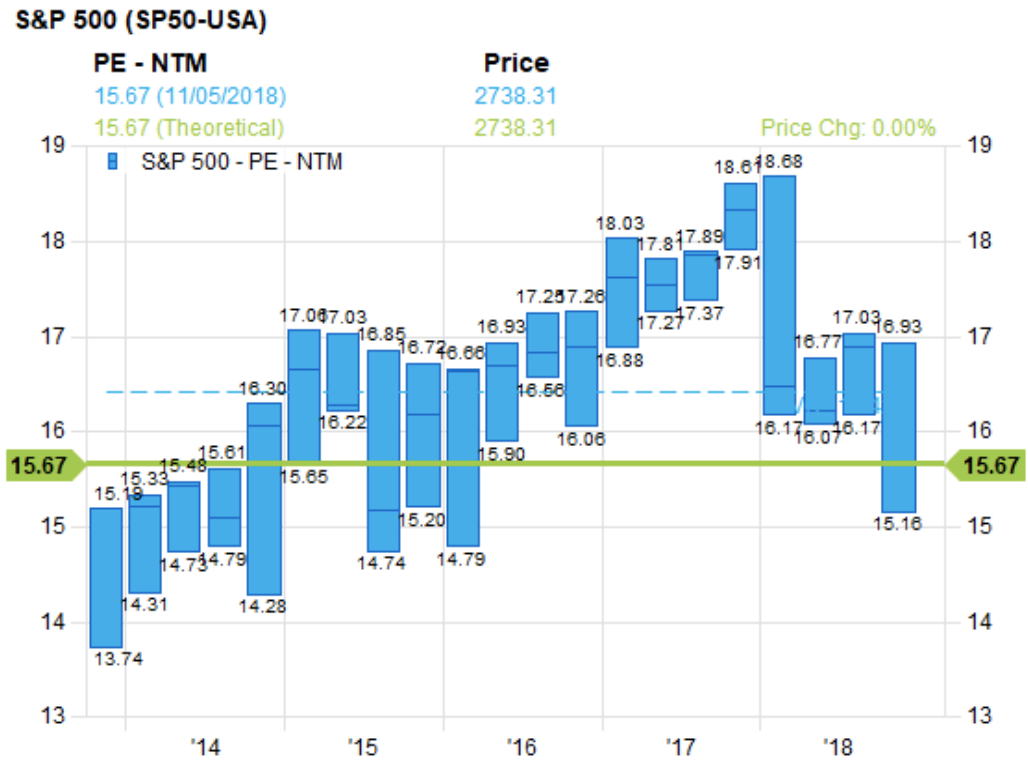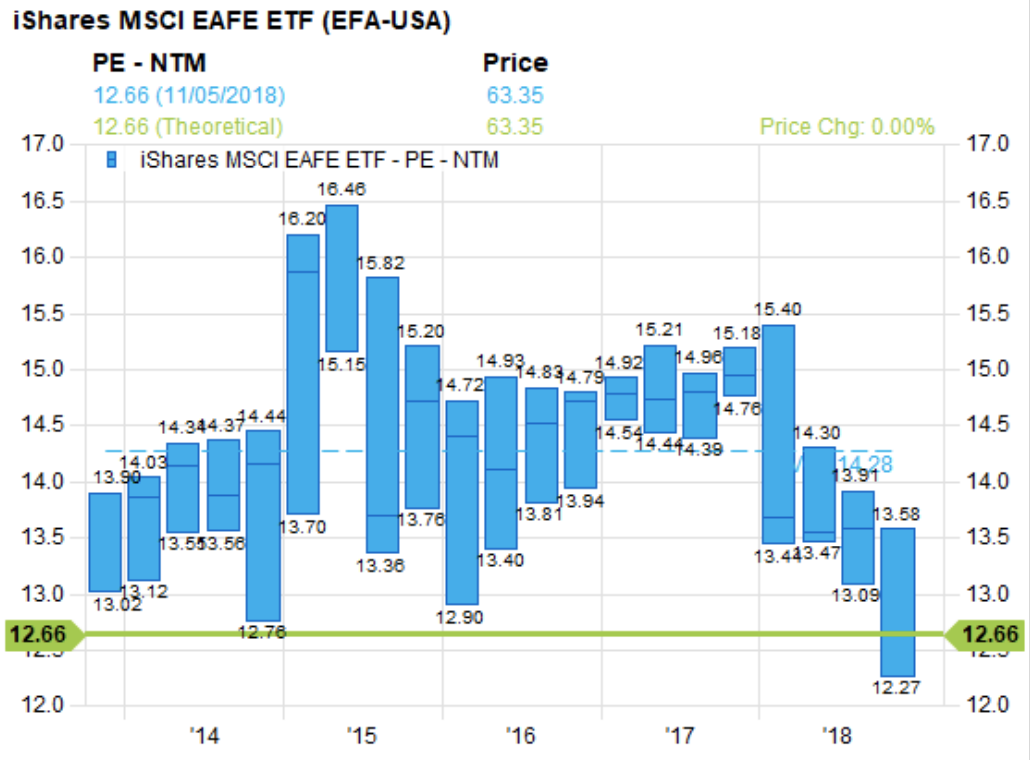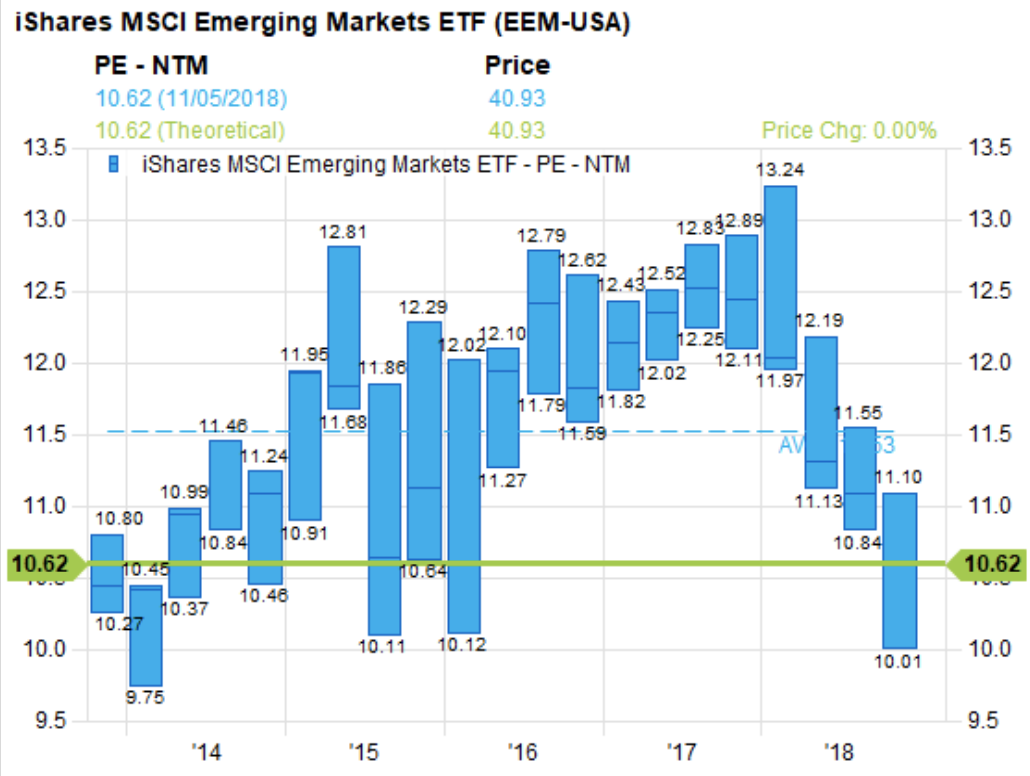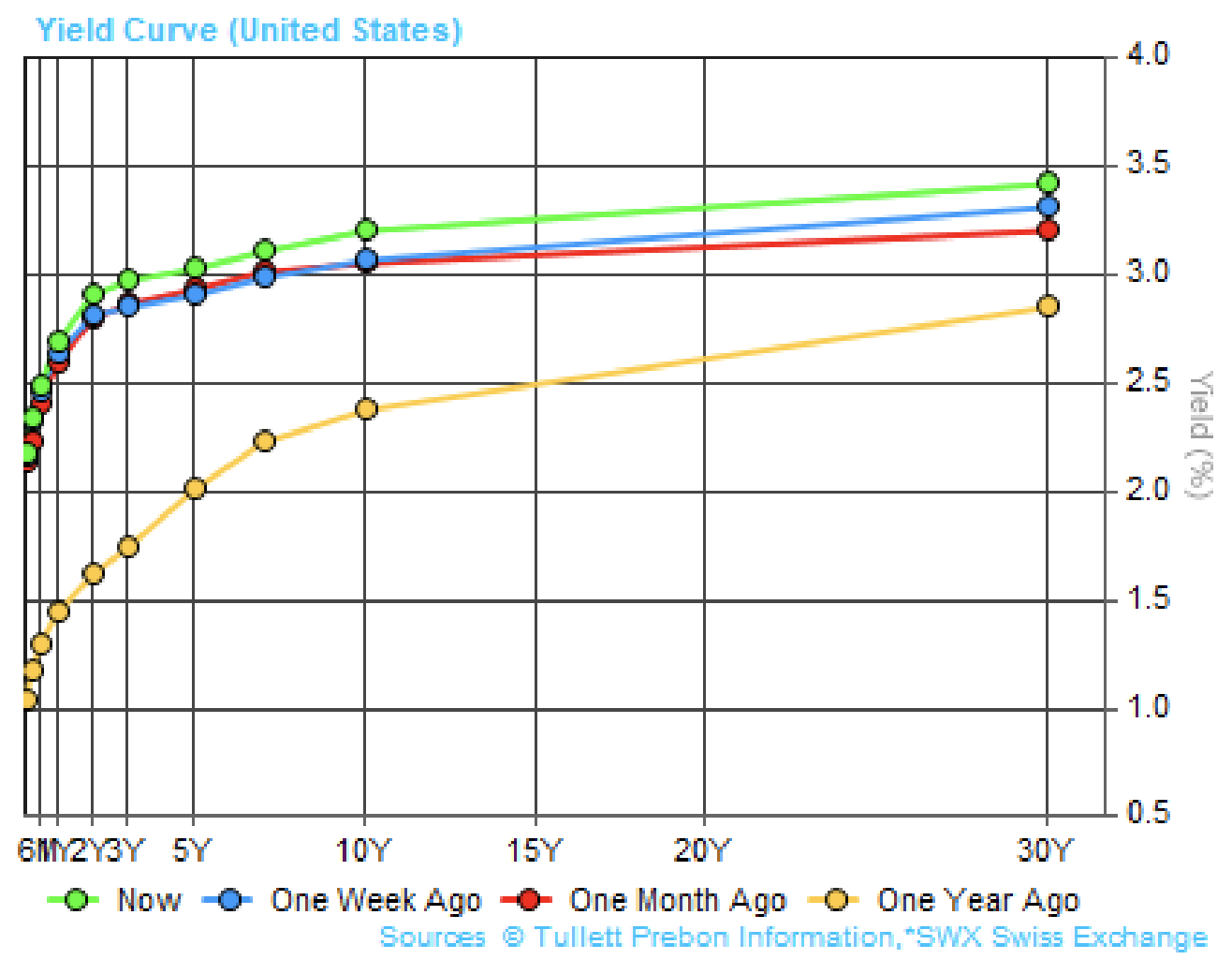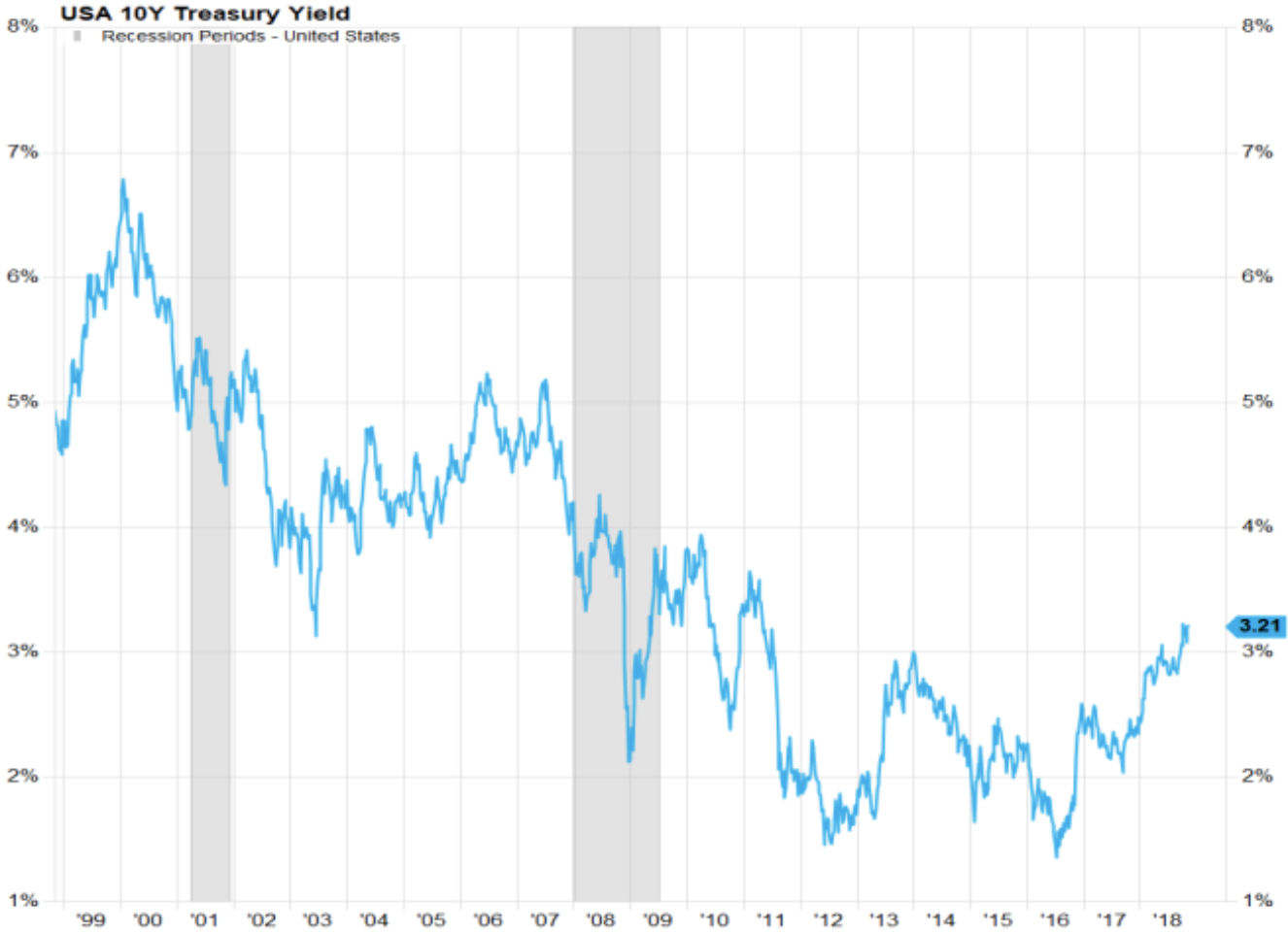Disclosures
This commentary is provided for informational and educational purposes only. The information, analysis and opinions
expressed herein reflect our judgment as of the date of writing and are subject to change at any time without notice.
They are not intended to constitute legal, tax, securities or investment advice or a recommended course of action in
any given situation. Forecasts, estimates, and certain information contained herein are based upon proprietary
research and should not be considered as investment advice or a recommendation of any particular security, strategy
or investment product. Investing in the markets is subject to certain risks including market, interest rate, issuer, credit
and inflation risk; investments may be worth more or less than the original cost when redeemed. No part of this article
may be reproduced in any form, or referred to in any other publication, without express written permission.
All investments carry certain risk and there is no assurance that an investment will provide positive performance over
any period of time. Information obtained from third party resources are believed to be reliable but not guaranteed.
Past performance is not a guarantee or a reliable indicator of future results.
Mark Anderson, Brock Bowden, Barbara Faulkner, Mark Johnson, and Don Wiscomb are all investment advisor
representatives of Dynamic Wealth Advisors, a registered investment advisor. All investment advisory services are
offered through Dynamic Wealth Advisors.

